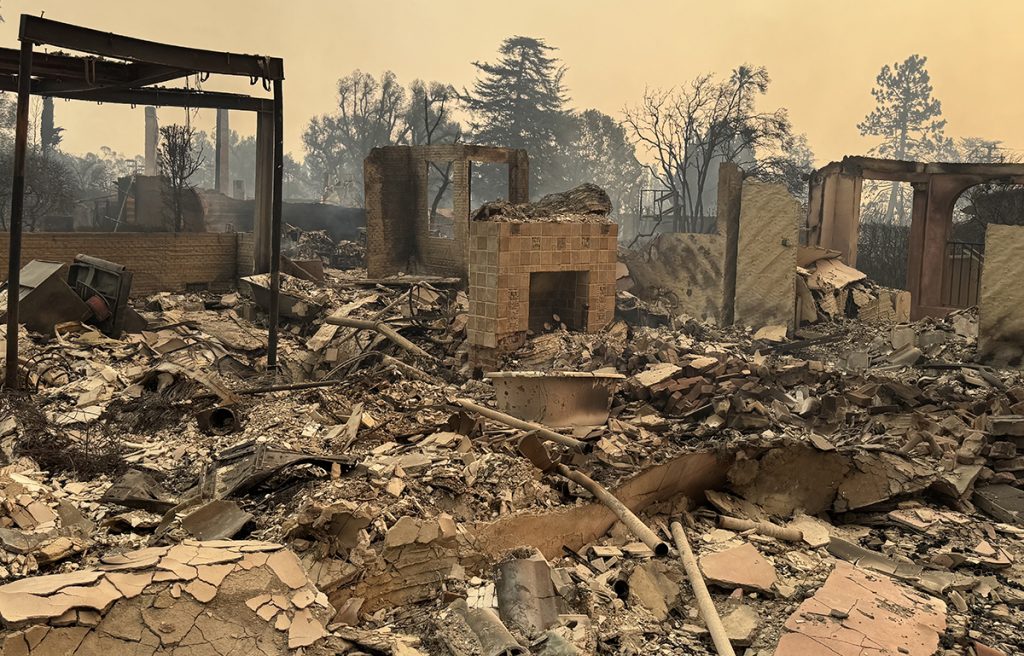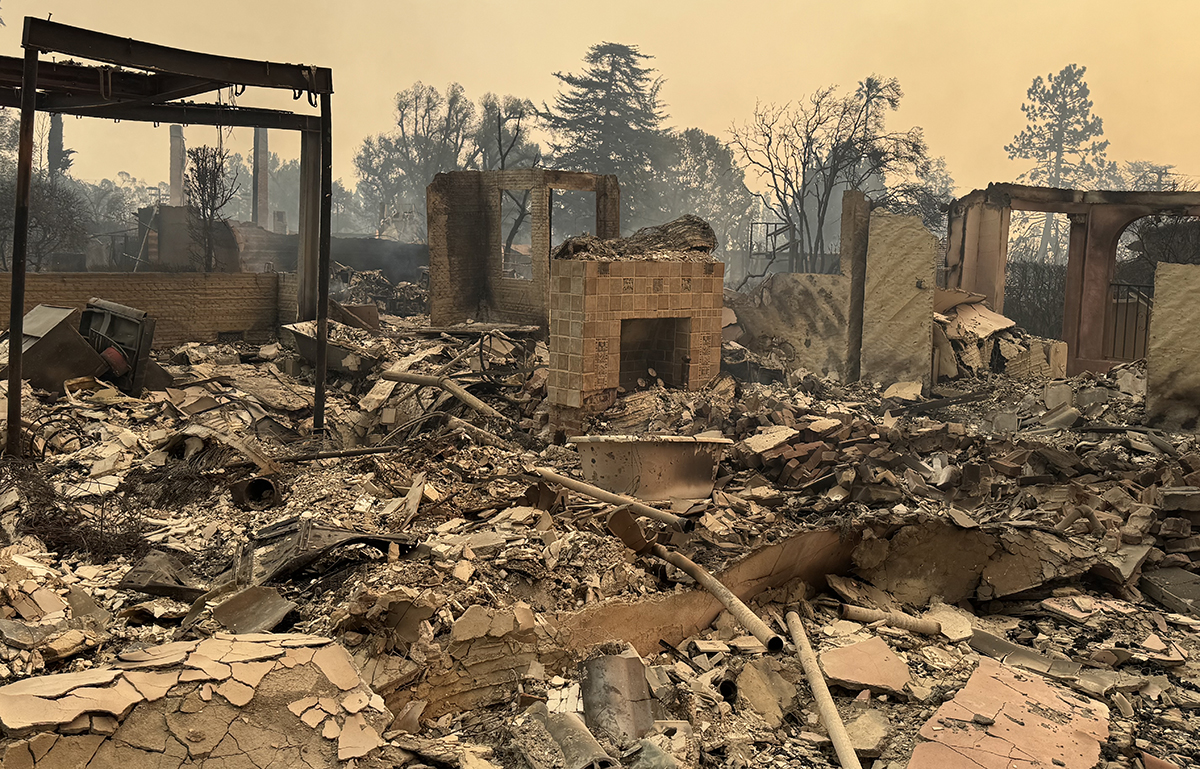
Preserving Historic California Fireplace Tiles Damaged by Wildfires

Preserving History from the Ashes: The Effort to Save Altadena’s Batchelder Tiles
In the serene foothills of Altadena, California, a quiet but powerful movement is taking shape — a community-led effort to salvage and preserve historic fireplace tiles from homes ravaged by wildfires. At the heart of this rescue mission is Save the Tiles, an initiative dedicated to reclaiming artistic treasures from the ashes and honoring California’s rich Arts and Crafts heritage.
This campaign was born out of tragedy. In January 2024, the Eaton Fire swept through parts of Altadena, destroying dozens of early 20th-century homes. These residences, many built in the Craftsman style, boasted stunning architectural details like hand-carved woodwork, north-facing artist studios, and prized decorative tile features. Among them was the home of photographer Mark Read — a 1912 studio originally built for artist Elena Scripps Kellogg. Though the house was almost entirely destroyed, a few fragile tiles on the fireplace hearth survived.
A group of dedicated local volunteers and tile artisans soon arrived to rescue the remnants. Led by veteran conservators and craftspeople, including James Dawes of Placemakers Inc. and Amy Green of Silverlake Conservation, teams carefully pried century-old tiles from fireplace mantles using delicate tools. The recovered pieces, often featuring California motifs like peacocks and cherubs, were gently boxed and labeled, giving homeowners like Read a link to their personal legacy.
The Legacy of Batchelder Tiles
The tiles most often found in these homes are known as Batchelder tiles — named after Ernest A. Batchelder, a leading figure in the American Arts and Crafts Movement. In the 1920s, Batchelder used a backyard kiln in Pasadena to produce tiles that would soon cover fireplaces, fountains, and patios throughout Southern California and beyond. His work embodied the spirit of the Arts and Crafts era: nature-inspired, hand-crafted, and accessible across social classes.
Batchelder’s work was seen in both elaborate installations, such as the Fine Arts Building in Los Angeles and the Pasadena Playhouse, and in modest family homes. “Batchelder tiles crossed class lines,” explained Green. Today, collectors and historians venerate them for their craft and regional significance, which includes themes like California wildflowers, birds, and medieval-inspired storytelling scenes.
Rebuilding from the Rubble
The valiant mission of Save the Tiles isn’t just about object preservation — it’s about emotional restoration. Each tile recovered from the wreckage becomes a symbol of resilience, hope, and memory. For Mark Read and many others, these salvaged pieces are far more than ceramic artwork; they’re tangible survival stories from structures once filled with life and meaning.
Fires paradoxically altered these relics in fascinating ways. Some Batchelder tiles emerged from the blazes stronger — their clay bodies further vitrified under the intense heat. Others, however, endured over-firing, which melted their glazes and destroyed their intricate surface decorations.
Yet even these imperfect tiles are embraced. Like scarred survivors, they speak to the destruction felt by so many, while affirming that something beautiful endured.
A Creative and Cultural Endeavor
James Dawes sees this work less as salvage and more as a form of creative stewardship. With decades of experience preserving architectural elements, he emphasizes the deeper cultural and emotional value of tiles like those found in Altadena. “We’re saving beautiful California history,” Dawes told Hyperallergic.
His sentiment reflects why Save the Tiles resonates today. Decorative tiles, once regarded merely as design elements, are increasingly seen as historical documents — revealing the tastes, craftsmanship, and ideals of an era. Their rescue isn’t just about recovering decor; it’s about restoring fragments of a lived culture.
A Movement Built on Community
What makes Save the Tiles especially inspiring is its grassroots nature. Volunteers — skilled masons, conservationists, and ordinary neighbors alike — are devoting their weekends and labor to preserving what they can. It’s a practical act of cultural preservation driven by empathy and solidarity.
So far, the team has recovered tiles from nearly 100 destroyed or damaged fireplaces. While some tiles will find homes in museums or be used in future restorations, most will return to the homeowners, who plan to incorporate them into rebuilt versions of their original homes.
For Mark Read, the surviving five or six tiles — including a distinctive peacock piece — will be embedded within his future house, a faithful reconstruction of what once stood. “It’s heartening that so many people are using their personal time to come help,” Read said.
Conclusion: Rising from the Ashes
The story of Save the Tiles is rooted in destruction but ultimately tells one of beauty, resilience, and rebirth. As Altadena residents sift through the ashes of their past, they uncover delicate artworks that survived a furnace — testaments to both human creativity and the enduring power of community.
Whether mounted proudly in